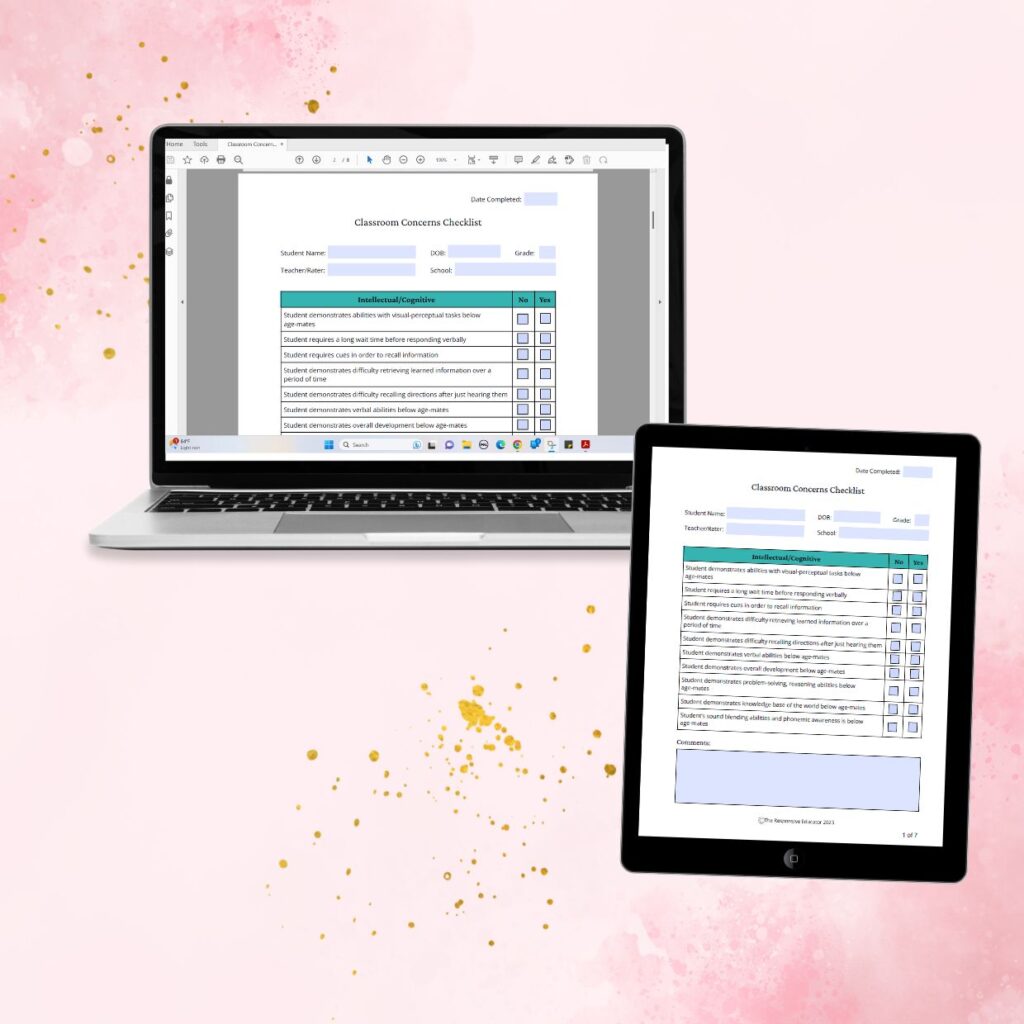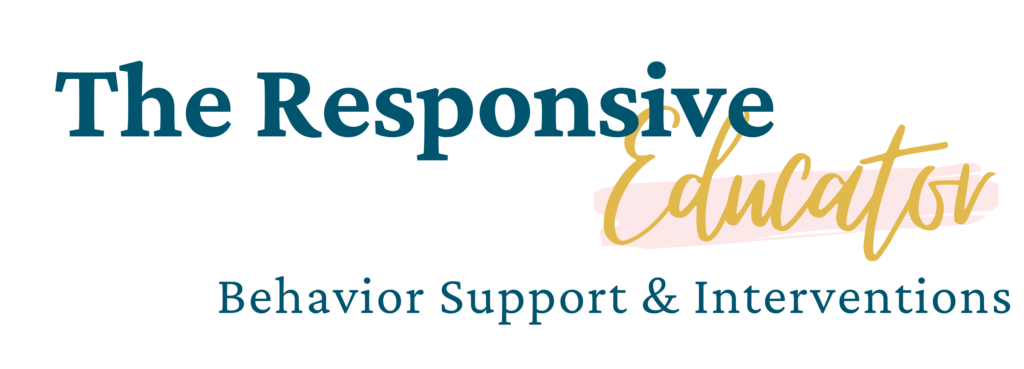
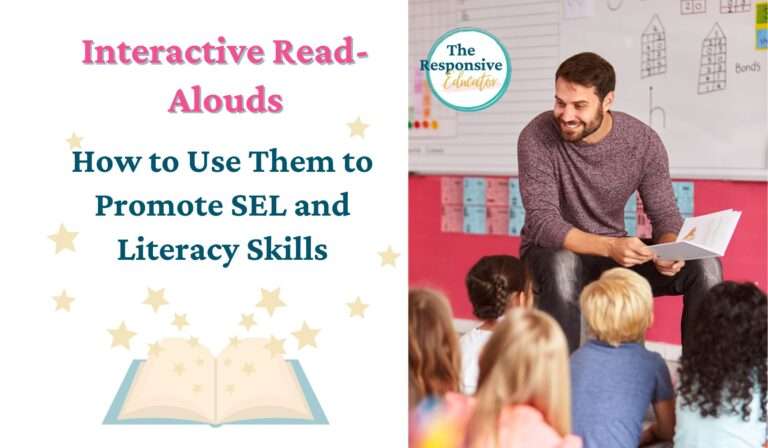
Reading to children is one of the most impactful activities adults can engage in to foster their development and success. By reading regularly, parents and educators can help children develop vital skills such as language and communication, critical thinking, and emotional intelligence.
In this blog post, we will explore the numerous benefits of reading to children, including how it can enhance their academic achievement and love of reading. We will also delve into the topic of interactive readalouds, a powerful tool that educators can use to engage children in the reading process and help them develop essential skills. Whether you are a teacher, parent, or caregiver, read on to discover how reading can transform children’s lives.
Note: I am an Amazon Affiliate. If you purchase products through the links provided, I will earn a small commission at no extra cost to you, which helps support the blog.
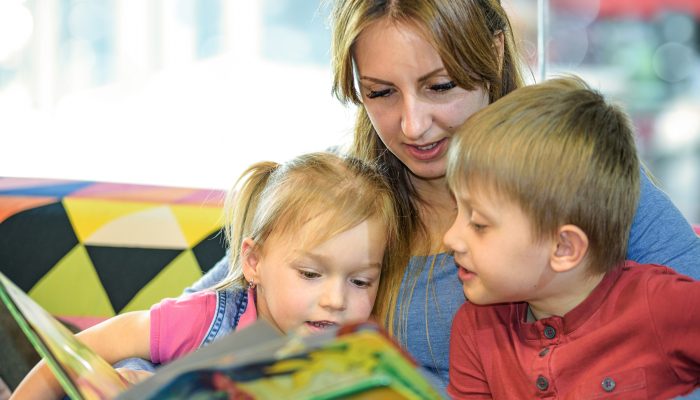
Reading to children is one of the most important things parents and teachers can do to support their development. Not only is it a fun and engaging activity, but it also has numerous benefits that will positively impact children throughout their lives. So, what are some of the benefits of reading aloud to children?
One benefit of reading aloud to children is that it is a great way to help them develop their language and communication skills. By exposing children to a wide variety of vocabulary and language structures, they are able to learn new words and concepts that will help them communicate more effectively. This exposure to language also helps children to better understand and use language in a meaningful way.
Reading to children stimulates their imagination and encourages them to think critically and creatively. This can help to improve their problem-solving skills and overall cognitive development. Reading also helps to improve children’s memory and attention span, which can lead to better academic performance.
Reading to children can help to develop their emotional intelligence by exposing them to a wide range of emotions and perspectives. This can help them to understand and manage their own emotions, as well as empathize with others. Through books, children can learn about different cultures, traditions, and experiences, which can help them to become more accepting and tolerant of others.
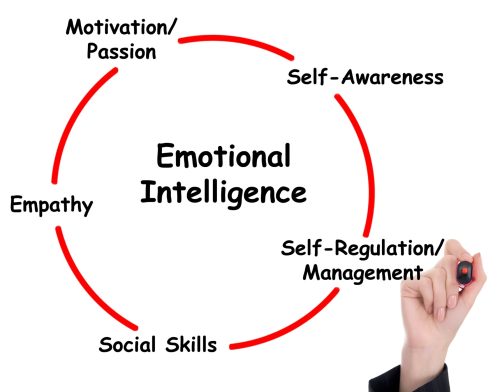
Reading to children can also help to improve their social skills, such as communication and cooperation. When reading together, children have the opportunity to discuss and reflect on what they’ve read, which can help to develop their communication skills. Additionally, reading books that feature characters who work together or overcome challenges can help children learn about cooperation and teamwork.
Children who are read to on a regular basis tend to have higher reading scores and overall academic achievement. This is because reading to children helps to develop the skills and knowledge they need to be successful in school. Additionally, reading books about different topics can help children learn about the world around them and foster a love of learning.

Reading to children teaches them to associate reading with pleasure, increasing their motivation to be readers themselves. Children who enjoy reading are more likely to continue reading on their own, which can help to further develop their language, cognitive, and social skills.

Reading to children helps bridge the gap between affluent and at-risk students by exposing them to a far greater number of words and richer vocabulary than typically found in conversation. When parents and teachers read to children, they provide an opportunity for learning and growth, regardless of socioeconomic status.
The benefits of reading to children extend far beyond the activity itself. By making time to read with children, parents and teachers support their language, cognitive, emotional, and social development while fostering a lifelong love of learning.
Now that we’ve explored the many benefits of reading to children, let’s dive deeper into one effective method of incorporating reading into the classroom: interactive read-alouds. This approach allows teachers to create a dynamic and engaging learning environment that promotes student comprehension, vocabulary development, critical thinking, and listening skills. Let’s take a closer look at what interactive read-alouds entail and how they can benefit both teachers and students.
Reading aloud to children is an important part of developing their literacy skills. However, simply reading a book aloud is not enough to fully engage students and help them develop strong comprehension skills. That’s where interactive read-alouds come in.
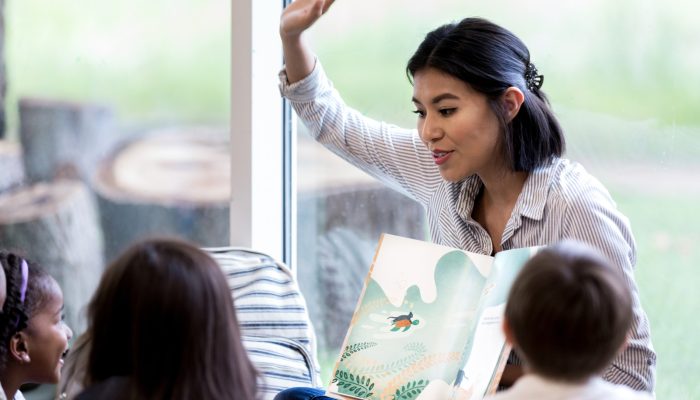
Interactive read alouds are a type of reading instruction that involves reading a book aloud to a group of students and engaging them in discussions and activities related to the text. The teacher selects a high-quality children’s book, reads it aloud to the class, and stops at various points throughout the story to ask questions, make connections, and facilitate discussions.
Interactive read alouds provide numerous benefits for students. Here are some of the most notable benefits:
Interactive read alouds can help students to better understand the text they are reading by providing them with opportunities to ask questions and make connections to their own experiences and prior knowledge. By actively engaging with the text and discussing it with their peers, students are able to gain a deeper understanding of the story and its themes.
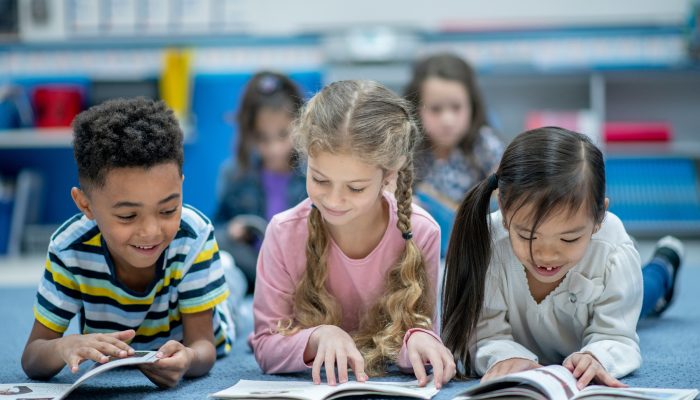
Interactive read alouds can expose students to a wide range of new words and concepts, which can help to expand their vocabulary and improve their overall language skills. When teachers use read alouds to introduce new vocabulary words, they help students to build connections between the new words and their existing knowledge.
Interactive read alouds can be more engaging for students than traditional forms of reading instruction, as they provide opportunities for students to actively participate in the lesson and engage with the material in a meaningful way. By engaging with the text and each other, students become more invested in the story and more motivated to learn.
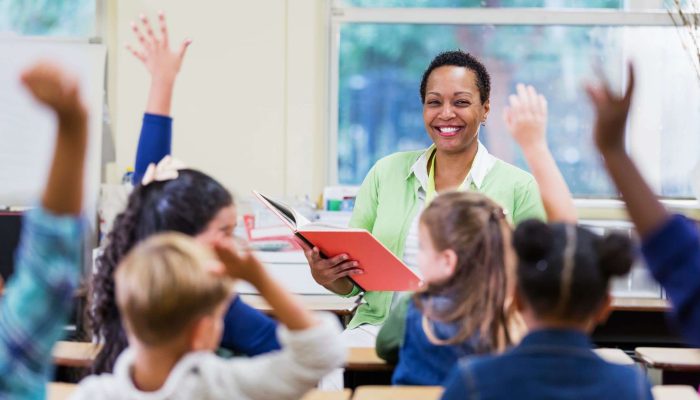
Interactive read alouds can help students to improve their listening skills, as they are required to pay attention to the text being read and actively participate in discussions and activities related to the book. This not only improves their listening skills but also helps to develop their critical thinking skills.
Interactive read alouds can also promote critical thinking by encouraging students to analyze the text and make connections to their own experiences and the broader world around them. By asking thought-provoking questions and facilitating discussions, teachers can help students to develop their critical thinking skills and become more active readers.
In conclusion, using interactive read alouds in the classroom is an effective way to engage students in reading and promote the development of important literacy skills. By providing opportunities for students to actively engage with the text and each other, teachers can help students to develop stronger comprehension skills, expand their vocabulary, and become more confident and motivated readers.

In addition to using interactive read alouds to improve language and comprehension skills, they can also be an effective way to address social-emotional learning (to learn more about SEL and the CASEL 5 Competencies, see this post).
By using picture books as the text for interactive read alouds, teachers can create a safe and supportive learning environment where students can explore and discuss complex emotions and social situations. Here are some of the benefits of using interactive read alouds with picture books to promote SEL:
One of the key benefits of using picture books for interactive read alouds is that they can help to promote empathy and understanding in students. Picture books often feature characters who experience a range of emotions and face a variety of social situations, allowing students to see things from different perspectives and develop a deeper understanding of others.
Ms. Rodriguez introduces the concept of empathy to her students and selects the picture book “The Invisible Boy” by Trudy Ludwig for an interactive read aloud. As she reads the book aloud, she pauses periodically to ask students how they think Brian is feeling, and why. She asks students to put themselves in Brian’s shoes and imagine how they would feel if they were in his situation.
After reading the book, Ms. Rodriguez facilitates a class discussion about empathy and understanding. She asks students to share their own experiences of feeling left out or overlooked and discusses how those experiences made them feel. She also talks about the importance of trying to see things from other people’s perspectives, and how that can help us be more empathetic and understanding.
Finally, Ms. Rodriguez asks students to work in pairs or small groups to create their own picture books that promote empathy and understanding. They brainstorm ideas for characters and situations and talk about how they can use their stories to help others see things from different perspectives. This activity not only reinforces the concept of empathy but also provides an opportunity for students to exercise their creativity and literacy skills.

In addition to promoting empathy, interactive read alouds with picture books can also help students develop self-awareness. By exploring different emotions and social situations, students can reflect on their own feelings and experiences and develop a greater understanding of themselves.
Mr. Brown introduces the concept of self-awareness to his students and selects the picture book “In My Heart: A Book of Feelings” by Jo Witek for an interactive read aloud. As he reads the book aloud, he asks students to identify different emotions that are described and talk about times when they may have felt those emotions themselves.
After reading the book, Mr. Brown leads a class discussion about self-awareness. He asks students to think about their own emotions and experiences and to reflect on how they can use what they learned from the book to understand themselves better. He also asks students to identify emotions they may have trouble expressing, and encourages them to talk about those feelings with someone they trust.
Finally, Mr. Brown asks students to create their own “emotion wheels” – a visual representation of their emotions – using pictures and words. He encourages them to keep these wheels as a reminder to check in with themselves and their feelings and to seek help or support when they need it. This activity not only reinforces the concept of self-awareness, but also provides an opportunity for students to exercise their creativity and art skills.
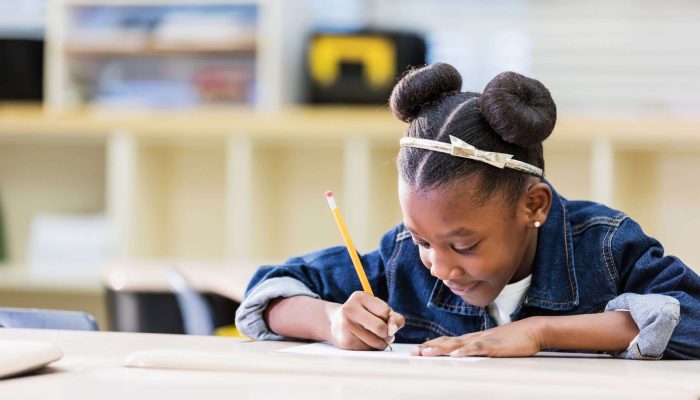
Using picture books for interactive read alouds can also encourage reflection and discussion among students. By asking open-ended questions and encouraging students to share their own experiences and perspectives, teachers can create a supportive and inclusive learning environment where students feel safe to express themselves.
Ms. Jones introduces the concept of reflection and discussion to her students and selects the picture book “What If Everybody Did That?” by Ellen Javernick for an interactive read aloud. As she reads the book aloud, she asks students to think about the consequences of small actions, like throwing a piece of litter on the ground or pushing in line. She also asks open-ended questions, like “What do you think would happen if everybody did that?”
After reading the book, Ms. Jones guides a class discussion about reflection and discussion. She asks students to think about times when they may have done something without thinking about the consequences, and to reflect on what they could do differently in the future. She also encourages students to share their own perspectives and experiences and to listen to others with empathy and understanding.
Finally, Ms. Jones asks students to work in small groups to create their own “What If” scenarios, where they brainstorm actions and their potential consequences. They present their scenarios to the class and discuss the different perspectives and ideas that arise. This activity not only encourages reflection and discussion, but also promotes creativity and critical thinking skills.

Participating in interactive read alouds with picture books can also help students improve their communication skills. By engaging in discussions with their peers and articulating their thoughts and feelings, students can develop stronger communication skills that will serve them well both inside and outside the classroom.
Mr. Williams introduces the concept of communication skills to his students and selects the picture book “The Dot” by Peter H. Reynolds for an interactive read aloud. As he reads the book aloud, he asks students to think about the message of the story and how it relates to their own experiences. He then encourages students to share their thoughts with a partner and practice listening and responding to each other’s ideas.
After reading the book, Mr. Williams’ class engages in a group discussion about communication skills. He asks students to reflect on how they communicate with others, both verbally and nonverbally, and to identify areas where they can improve. He also encourages students to share strategies they use to communicate effectively, such as using “I” statements and active listening.
Finally, Mr. Williams asks students to work in pairs to create a comic book that highlights effective communication skills. He provides them with a template and encourages them to think about the messages they want to convey and the images they want to use. Students present their comic books to the class and share their ideas about how they can use effective communication skills to improve their relationships with others. This activity not only improves communication skills but also promotes creativity and teamwork.
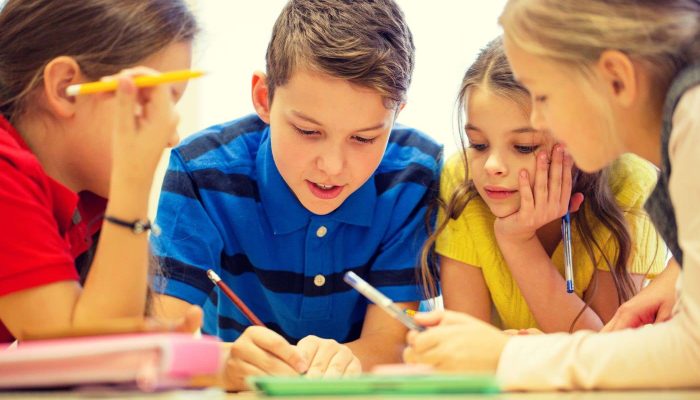
Finally, using picture books for interactive read alouds can help students build important social skills, such as cooperation and empathy. By working together to explore complex emotions and social situations, students can develop stronger relationships with their peers and become more effective communicators and problem-solvers.
Mr. Brown introduces the concept of social skills to his students and selects the picture book “Strictly No Elephants” by Lisa Mantchev for an interactive read aloud. As he reads the book aloud, he asks students to think about how the characters in the story demonstrate cooperation and empathy. He then divides the class into small groups and assigns each group a different social skill, such as active listening or conflict resolution.
After reading the book, Mr. Brown asks each group to create a skit that demonstrates their assigned social skill. He encourages them to use examples from the book and to think creatively about how to present their skit to the class. Students practice their skits in their groups and then present them to the class.
Finally, Mr. Brown facilitates a class discussion about social skills and asks students to reflect on the importance of cooperation and empathy in their own lives. He encourages students to identify areas where they can improve their social skills and to think about strategies they can use to become more effective problem-solvers and communicators. This activity not only helps students build important social skills, but also promotes creativity and teamwork.
Incorporating social-emotional learning (SEL) into literacy instruction can be a powerful tool for educators looking to make the most of their time in the classroom. By using interactive read alouds and picture books to address both ELA and SEL, teachers can provide engaging and accessible instruction while also promoting the development of key social-emotional skills like empathy, self-awareness, and critical thinking.
This approach can lead to improved academic achievement, better behavior, and stronger relationships with students. With so many demands on teachers’ time and attention, integrating ELA and SEL is a practical and effective way to support the holistic development of students.
Want to learn more about social-emotional learning? Check out this post, Beyond Academics: Why Social-Emotional Learning is Crucial for Student Success.
Are you a busy teacher who wants the benefits of interactive read-alouds but wishes there was a way to save time without sacrificing quality? Look no further!
Check out my interactive read-alouds and book companions in my TPT store here! Each product is designed to make your life easier by providing not only discussion questions for before, during, and after reading, but also a wealth of extension activities that cover both SEL and ELA standards.
Say goodbye to the hassle of searching for additional resources and hello to seamlessly integrated instruction that your students will love!

Support your students’ individual needs with our exclusive Classroom Concerns Checklist.
Identify key concerns in areas like:
…and more to help drive collaboration and problem-solving.
Sign up now to receive instant access and valuable insights on addressing classroom concerns.
